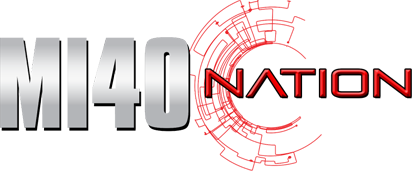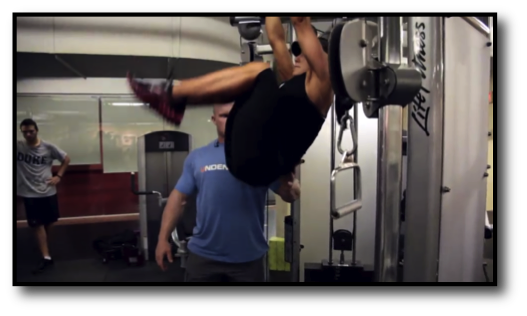Top 40 Muscle-Building Foods
Protein 101 Those of you following any of my programs and / or striving to be a top bodybuilder or ...

Protein 101 Those of you following any of my programs and / or striving to be a top bodybuilder or ...
There are essential fatty acids, and there are essential amino acids, but there are no essential carbohydrates – our body ...
What foods have resistant starch? There are 4 types of RS (resistant starch). Unlike most other ingredients, resistant starches are ...
Popularized in the mainstream media & bodybuilding world, how does the G.I of a food actually apply when seeking physique ...
What you need to know in review: Carbs have a direct effect on the release of insulin Insulin is considered ...
Let’s face it – seeking out the right information can be confusing whether you are a bodybuilder or just an ...
For well-rounded shoulders, developing the rear delts is a must... Ben breaks down the exercises you need to know!
BPak's best execution tips for getting the most out of pull-up and pulldown movements!
Ben's top tips for executing the most effective ab crunching exercises for a 6 pack with a pop!
Serving an important function as hip stabilizers, strengthening the abductors and adductors can help you maintain proper pelvic position and ...
It may be the smaller of the 2 main calf muscles, but it's important you work the soleus if you ...

* if you want to work the obliques in addition to the lower abs, simply add a twist at the top of the movement.